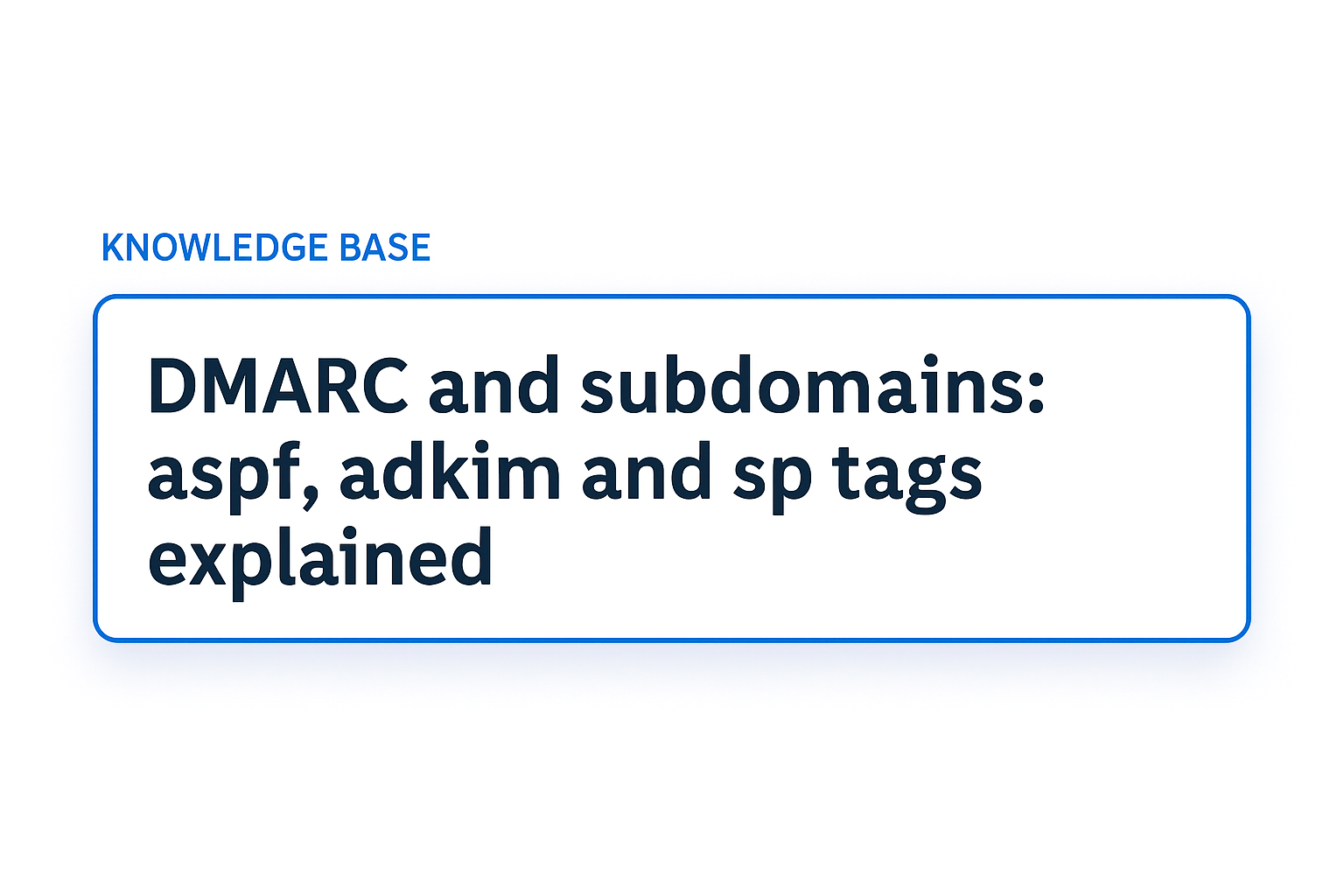Who Is Affected by the PCI DSS DMARC Mandate?
The PCI DSS DMARC mandate will impact any entity storing, processing, or transmitting cardholder data/payment card information/sensitive authentication data. This includes organizations, individuals, system components, and service providers.

Affected entities include:
- Any organization, big or small, that handles or processes card payments.
- Any company or service provider that processes, acquires, issues, or accepts cardholder data.
- System components, people, and processes that store, process, or transmit cardholder data (CHD) and/or sensitive authentication data (SAD).
- System components with unrestricted connectivity to those handling CHD/SAD, even if they don’t store, process, or transmit it themselves.
Industries affected by PCI DSS v4.0 requirements:
- E-commerce businesses
- Financial Institutions
- Retailers
- Healthcare
- Hospitality
- Third-party service providers and vendors
- Any firm, enterprise, or company processing card payments
The Growing Importance of DMARC in PCI DSS Compliance
By March 31, 2025, DMARC implementation will be a mandatory component of PCI DSS compliance. As phishing and spoofing attacks continue to rise, securing email communications is more critical than ever.
Cybercriminals use these attacks to gain access to sensitive payment data, leading to severe financial and reputational damage. The average cost of a data breach in 2024 has risen to $4.88M, a 10% increase from 2023, according to IBM.
The financial cost of phishing attacks is also staggering. The FBI’s IC3 2023 annual report estimated a $2.9 billion loss alone from effective Business Email Compromise (BEC) in 2023. If you’re not already taking the necessary measures to stay secure, including implementing DMARC, it could cost you in more ways than one.
PCI DSS v4.0 highlights DMARC as an essential security measure, ensuring that only legitimate emails are sent from an organization’s domain. By enforcing DMARC policies, businesses can prevent fraudulent emails from reaching customers and employees, reducing the risk of credential theft and unauthorized access to payment systems.
How DMARC Works to Protect Your Domain
DMARC is built upon two foundational email security protocols: SPF and DKIM.
- SPF: Defines which mail servers are authorized to send emails on behalf of a domain.
- DKIM: Ensures email integrity by adding a cryptographic signature to verify that messages have not been altered in transit.
- DMARC: Ties SPF and DKIM together, allowing domain owners to specify how to handle unauthorized emails, whether they should be monitored, quarantined, or rejected entirely.
Enforcing a strong DMARC policy ensures that fraudulent emails from your domain are blocked, protecting both businesses and customers from phishing scams and email-based cyber threats.
Steps to Implement DMARC for PCI DSS Compliance
- Run an Email Security Score Check
- Before implementing DMARC, assess your email security posture by checking your Email Security Score. This scan evaluates SPF, DKIM, and DMARC policies to provide insights into compliance and areas for improvement.
- Publish a DMARC Record in DNS
- If you do not have a DMARC record, create and publish one in your domain's DNS.
- Start with a policy of
noneto monitor email traffic without impacting delivery. - Include reporting mechanisms (
ruaandruftags) to collect aggregate and forensic reports for analysis.
- Monitor and Analyze Reports
- Review DMARC reports to identify legitimate sending sources and detect any unauthorized activity. DMARC management tools like Palisade streamline the DMARC report files into actionable data.
- Resolve any authentication failures to ensure proper email flow.
- Ongoing Monitoring and Adjustment
- Continuously review DMARC reports to address new security threats or misconfigurations.
- After ensuring your critical emails are being delivered successfully, increase the enforcement of your DMARC policy to
reject. This will ensure malicious emails are not being delivered from your domain. - Adjust policies as needed to maintain a secure and compliant email environment.

Final Thoughts
- Gradually Enforce Stricter Policies
- Once all legitimate email sources are properly authenticated, move to a
quarantinepolicy to begin quarantining malicious emails. - Ensure that business-critical emails are not inadvertently rejected.
- Once all legitimate email sources are properly authenticated, move to a
Ensuring compliance with the PCI DSS v4.0 requirements, including DMARC implementation, is essential for safeguarding payment card data against evolving cyber threats.
Organizations should proactively adopt DMARC, strengthen their overall security posture, and continuously monitor email authentication processes. By doing so, businesses can protect their customers, maintain regulatory compliance, and enhance trust in their digital communications.
Sign up here to get PCI DSS v4.0 compliant!
.png)






.png)

